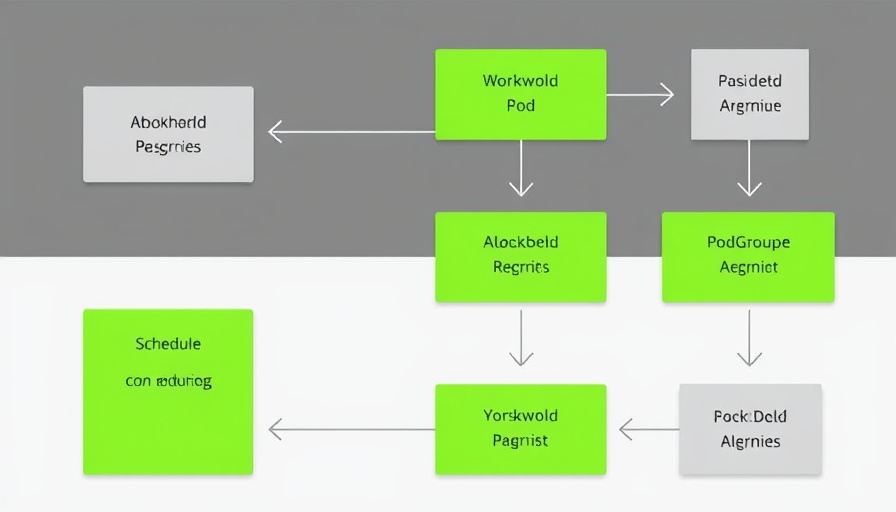
Nvidia’s Vision: The Future of Business
Nvidia CEO Jensen Huang envisions a radical shift in how companies operate, suggesting that every organization will need to establish dual operations. This means having a physical manufacturing site alongside a digital counterpart—an "AI twin." Such a transformation not only indicates the increasing reliance on artificial intelligence but also signals a profound change in business models, impacting sectors from automotive to healthcare.
Understanding "AI Twins" in Manufacturing
At its core, an AI twin is a virtual representation of a physical entity, capable of simulating its operations, performance, and conditions in real-time. This notion is becoming particularly relevant as industries recognize the potential of predictive analytics and simulations. Companies from General Motors to Mercedes-Benz are exploring 'AI twin' technologies to optimize production, foresee failures, and improve efficiency across their operations.
Why Dual Operations Matter
The push for dual operations stems from the concerted need for greater resilience and adaptability in today's business climate. Instances of supply chain disruptions, such as those witnessed during the pandemic, have driven organizations to re-evaluate their operational risks. Specifically, an AI twin allows for better scenario planning and decision-making. With an accurate virtual model, companies can run simulations to test various hypotheses and prepare for unforeseen challenges without halting their physical operations.
Insights from Industry Leaders
Industry leaders are already acknowledging Huang's predictions. Companies like Tesla and Waymo are taking significant steps towards AI integration. For instance, Tesla's autonomous driving capabilities depend heavily on AI simulations to train their vehicles, demonstrating how crucial these digital twins are to modern manufacturing and transportation.
Global Perspectives on AI Integration
The global market is witnessing a trend where AI technologies are not just supplementary tools but essential elements of business infrastructure. From automotive giants in Japan and Europe to tech startups in Silicon Valley, organizations are increasingly adopting AI solutions that coincide with their physical operations. This trend underscores Huang's perspective as a harbinger of changes in how business processes will evolve in the coming years.
Trends on the Horizon: Predictive AI and Efficiency
As businesses begin implementing AI twins, the ability to predict future trends becomes more pronounced. Companies utilizing historical data analyzed by AI can foresee market demands and adjust their production strategies accordingly. This proactive approach can lead to significantly improved efficiency, reduced costs, and enhanced customer satisfaction—a powerful trifecta for any business model.
Challenges of Implementing AI Twins
While the benefits of adopting dual operations are clear, challenges remain. Companies must invest in cloud computing resources to manage the substantial data generated by AI twins. Additionally, data security concerns arise as businesses navigate protecting this sensitive information. However, overcoming these hurdles presents a potent opportunity for competitive advantage in the fast-evolving marketplace.
Call to Action: Embrace AI for Future Success
With the landscape of business operations changing, there’s no better time to explore the implications of AI twins and dual operations for your organization. As Huang suggested, future success may hinge on a company’s ability to adapt to these technological advancements. Whether you’re an entrepreneur, a decision-maker in a large corporation, or an individual interested in the AI field, understanding and harnessing this transformative technology can pave the way for innovative solutions and growth.
 Add Row
Add Row  Add
Add 




 Add Row
Add Row  Add
Add 

Write A Comment